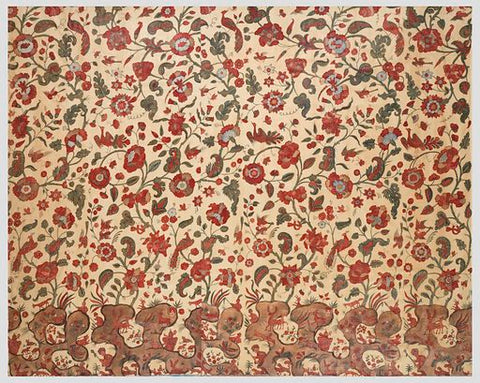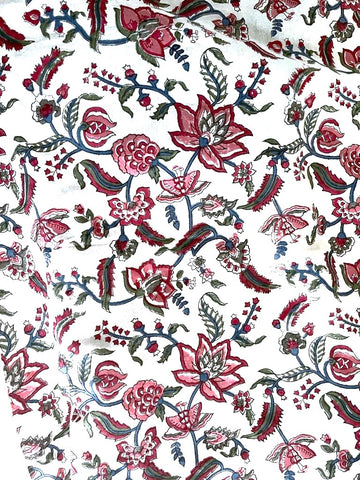Your Cart is Empty
Absolutely stunning products from a truly superb Australian owned company. The quality and the clarity of the prints plus colourways available makes it’s difficult to choose. Do not hesitate to purchase anything from Décor Mantra, as a returning customer I can vouch that the quality is consistently outstanding and have exceeded my expectations every time.
Decor Mantra is my go to place for wonderful tablecloths. They look great and they wash well. What more could you want.
I have recently purchased a lovely tablecloth & two bedspreads for my house & caravan. The colours are beautiful & well made, also light weight. Quick delivery. Very happy would purchase again without question thank you Decore Mantra
A wonderful range of various patterns & colours to suit your taste. I'm very pleased with my two table cloths, beautiful design, made with good, quality fabric. I will definitely purchase from this site again.
I ordered two more in different colours!
I ordered a flannel flower table cloth a while ago, and then ordered two more. They are beautiful. My favourite is the green - it's a beautiful shade. The service is excellent.







